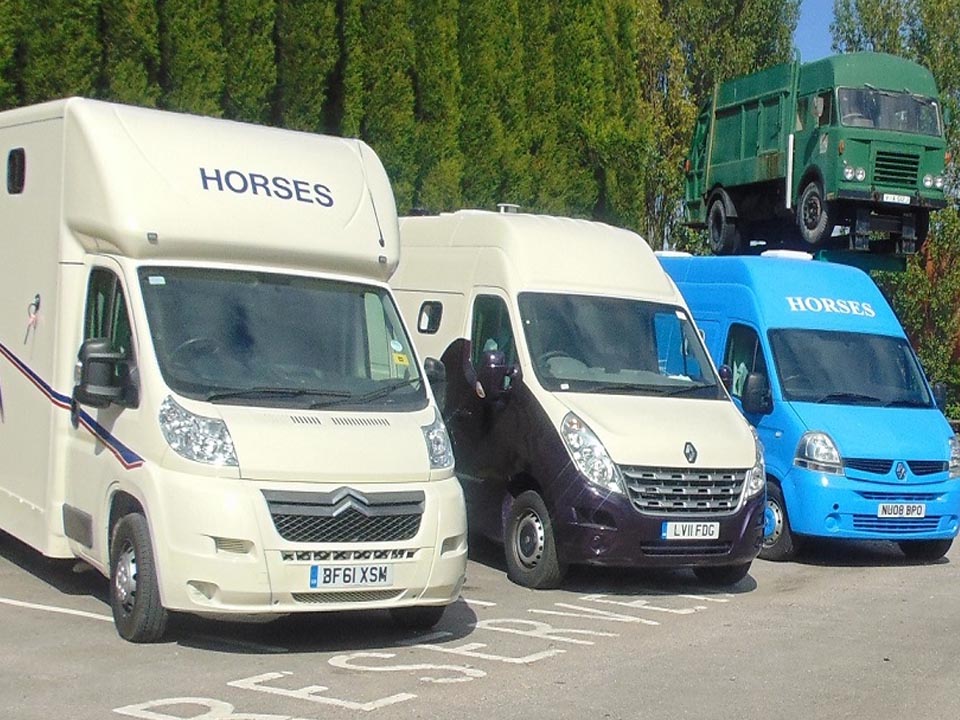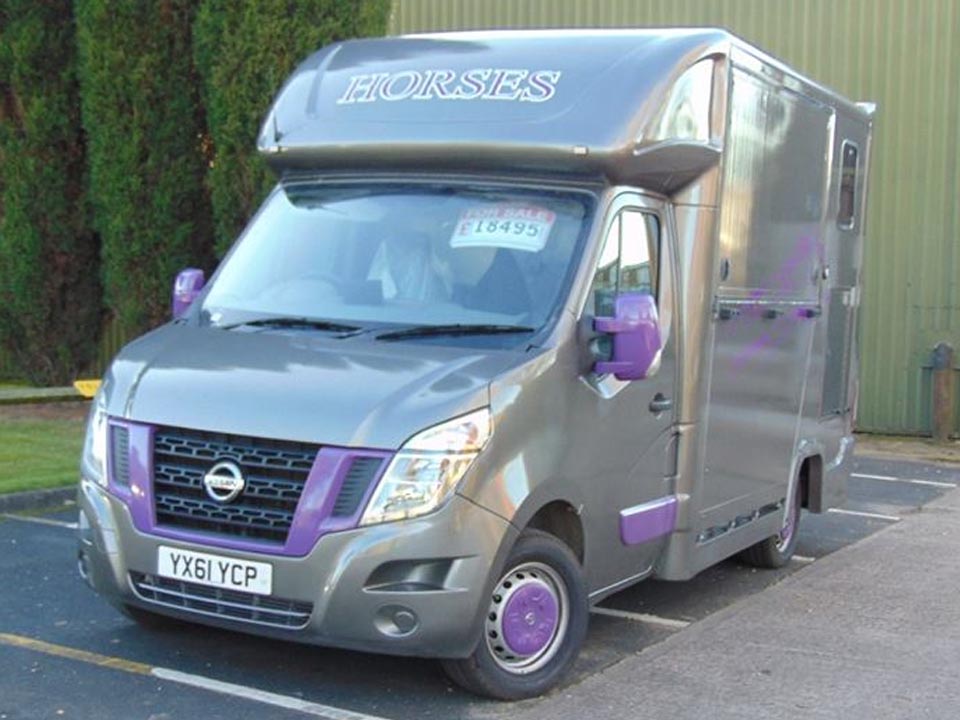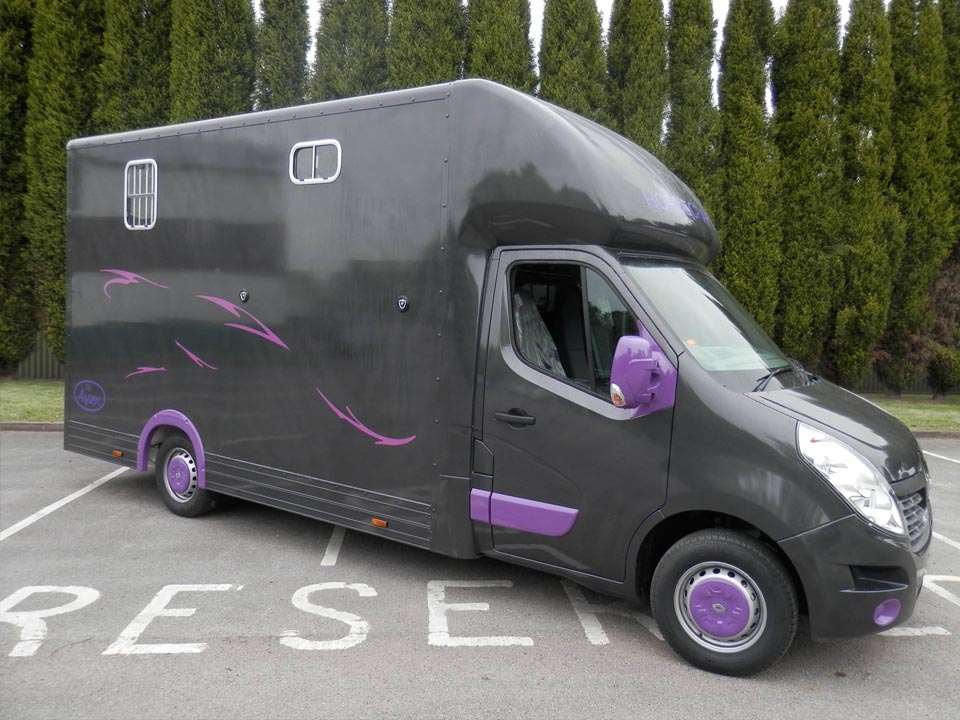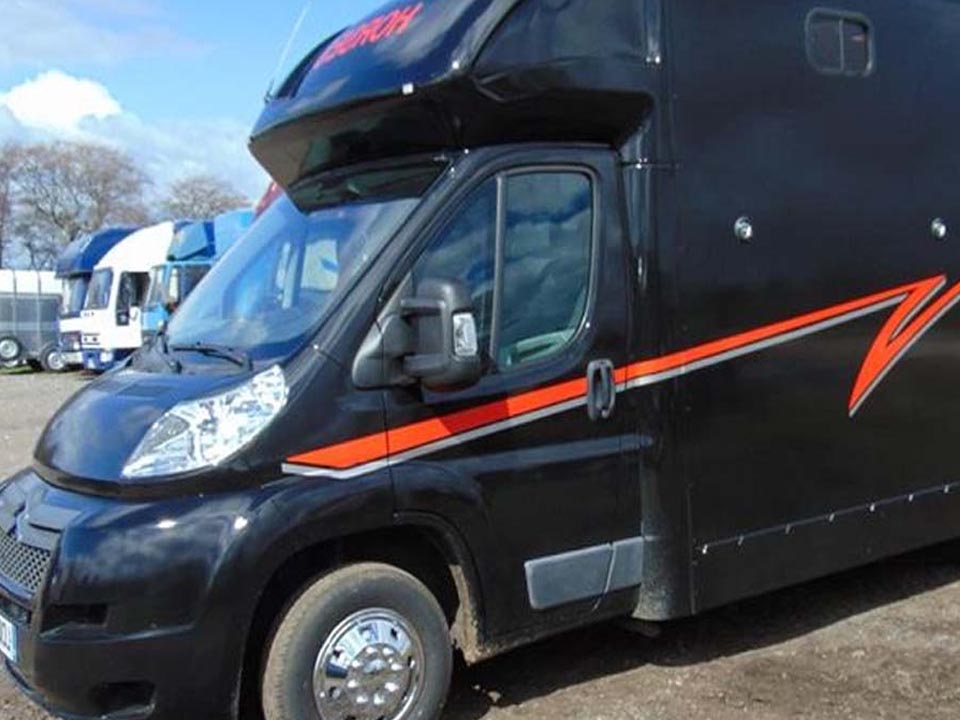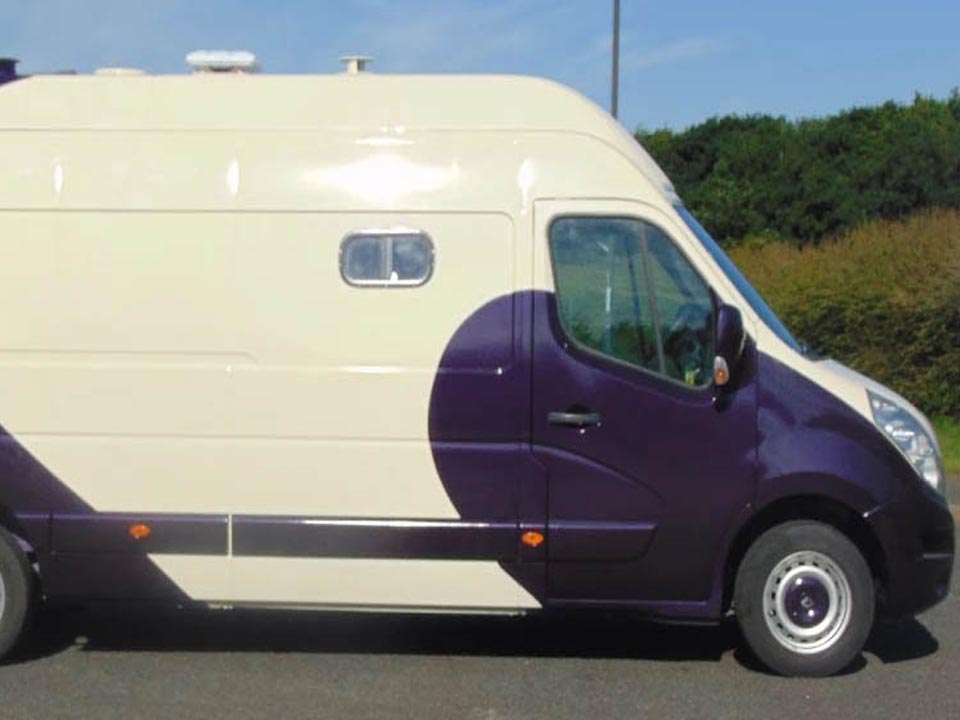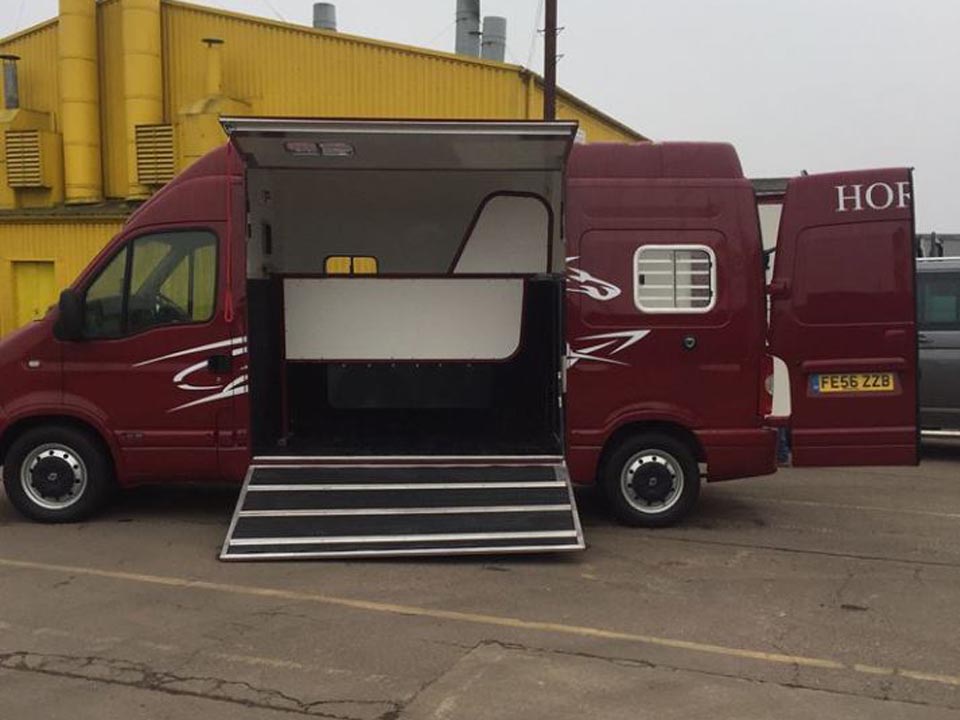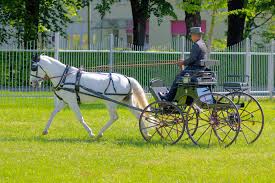 How much
can a horse
pull?
How much
can a horse
pull?What a horse can pull and what it is capable of pulling varies according to many factors.
These factors range from road and terrain conditions to individual breeds, physical and mental capabilities. Horses bred with fine bone and light body such as miniature horses arabs and thoroughbreds can be very successfully used in harness however we have to remember that certain breeds and infact bloodlines have been specifically and genetically bred for generations for an intended discipline. Eg: the thoroughbred is refined for racing ie: galloping at high speed, however it is still possible to drive a thoroughbred. An Olympic pole vaulter can also play rugby league football but that doesn’t mean he would be a likely candidate for front row position in a grand final. The following guidelines have been taken from Max Pape’s book “The Art of Driving” and have been used by horseman for generations. Remember to consider the physical and mental background of the horse.
The 1:3 Power to Weight Ratio. A suitably bred horse can pull 3 times its own body weight on a flat smooth surface for a short distance. A young green horse would certainly spoil if expected to pull this ratio.
The 1:2 Power to Weight Ratio. The horse is capable of pulling twice its own body weight on rough or slightly hilly going.
The 1:1 Power to Weight Ratio. This ratio is set as a guideline for horses working in hilly areas, across fields or sandy tracks.
The FEI minimum weight for a Marathon carriage is:
Single pony 90kg
Horse 150kg
Pair pony 225kg
Pair horse 350kg
In this example the Swiss Post Coach Driven by Gary last season is pulled by 5 horses and is a 1:1 ratio. The 5 horses = 2.5tonne and the coach fully loaded is 2.5tonne. This is one of the hardest known drives in the world through the Alps for horse and driver alike. All must be in balance for safety of the turnout and welfare of the horses.
Four-in-hand pony 300kg Four-in-hand horse 600kg. Minimum weights were set with safety in mind for the vehicle strength and controllability.Let’s say for example a horse of 15hh welsh cob type would be 400kg
The driver 60kg
The groom 60kg
The carriage 150kg. This totals 270kg now although this load is now 130kgs below the 1:1 ratio most competition drivers would know that the horse would still have to be rather fit and conditioned to complete the marathon section and pass a vet check at this ratio.
Using the table on the right you can work out if you your horse and carriage are suitably matched to the type of driving activities you are involved in.
In Summary: This article has been written to raise the awareness and responsibility of drivers in regards to their own safety and welfare of the horse. It’s important not to compromise safety of the vehicle ie lightly built carriages to accommodate the horse. The better option is to have a horse or pony suitable in weight and power for the vehicle.
Training tips driving and ground work
Double Lungeing
Double lunging is a wonderful method that can be utilised in the training of the driving horse or riding horse at all stages. "In preparing horses for four world championships this was one of the most important tools I used in creating absolutely flexible horses i knew could navigate complex obstacles." Utilising this method i managed to reach 4th in the world with horses that i had only worked with for 3 months on the lead up to the championships. I used this training method because in the time given i needed results fast. Double lungeing is also useful for preparing the young or green horse for riding. It teaches the horse to respond to the voice commands and also accept the bit the horse learns to balance himself before having to balance with the rider on board. Working on the the double lunge is great in suppling the horse right through his entire body. Only supple horses can navigate obstacles or achieve the higher level movements in whatever discipline they are used for.
The equipment consists of a roller with large rings, 2 lunge reins and bridle. The reins need to run freely without getting caught up. The reins run from the bit to the top ring on the roller then down to the low rings on the roller. Don't go direct from the bit to the low rings as this will only create a new direction for the horse and not help with your riding and horses balance. The reason for the low rings is to prevent the rein from going over the back or under the tail.
It is important for the horse to be relaxed and calm so the muscles can develop correctly. Make sure until you and your horse are experienced on the double lunge that you either do this exercise in a round yard or arena. Make sure you are clear of all the reins eg collect up any loops or slack in the reins make sure you do not wrap them around your hands or get them tangled around your legs. If the horse takes fright and spins around or takes off you don't want to be caught up in any leads. There is quite an art to double lunging it takes practice for you and your horse. Once accomplished you will find it one of your most valuable training methods for creating a wonderfully obedient and supple horse. Much like riding your outside rein controls the speed also keeping the horse out on the circle, you can give half halts with the outside rein, the inside rein gives direction. Make sure the horse stays on a nice curve eg not throwing his hips or shoulder in.
On the double lunge start the horse off on a straight track then bring him onto a 10-20m circle. You'll notice how even the slightest tension on the reins will give him a bend. You need to give and take just like riding when he gives you give etc. On the circle create a smaller circle for yourself which you will step around. Make sure you keep the horse on the 10-20m track this is done by use of the outside rein, don't follow the horse and never step backwards. If you step out of your circle and follow the horse you start to break his circle likewise if you step backwards you are also breaking the horses circle. You set the track and keep the horse on it. Once the horse is used to being worked with in this way you can vary the diametre of the circles for greater bend, you can wind him in for a few rounds and then let him out again. you can create a lovely balanced and slow canter and generally better balance and rhythm in all paces. As with general lunging you are seeking all of the above for your horse however this can only be achieved if you are doing things correctly. Lunging is often not taken seriously and has little use if not done properly.
Double lungeing can be a wonderful training tool to achieve a higher level in all horse disciplines. If you are willing to put in the above ground work it is a quick and sure method for creating a horse with good rhythm, balance and suppleness. Allowing you to improve your performance enormously. The horse is able to handle more complex turns and use his body more effectively it gives you and him confidence that once direction is given the movement is effectively achieved.
Like any training being consistent is the key to see the best results!
Measure your horse for harness
Harness Up
1 Tie up horse using head collar and lead rope Short enough to prevent the horse to get its head down
2 Put breastplate or collar on
3 Put on saddle and lightly do up girth then buckle up crupper make sure there is no hair under the dock of the crupper. Tighten girth again place breeching into place
4 Attach traces (if not already connected to the breastplate)
5 Put on bridle
6 Put on reins and attach to bit
Putting To
1 Horse should be held by an assistant or tied securely with a lead and head collar over or under the bridle
2 Bring vehicle to horse
3 Put Shafts into tugs and fasten false belly band
4 Attach traces to swingle tree
5 Fasten breeching straps
6 Check over all straps
7 Untie horse or if assisted have horse held until driver is seated in carriage
8 Take up contact of reins from the ground and mount whilst holding the reins sit down and pick up whip, allow passengers to get on carriage
Taking Out
1 Make sure all other passengers are off
2 Dismount vehicle holding the reins
3 Secure horse with head collar and lead over or under bridle, or have assistant holding
4 Undo breeching straps
5 Undo traces from Swingle tree
6 Undo belly band and loosen tugs
7 Slide vehicle away from horse, or lift shafts up and have horse led away
Un-harnessing
1 Tie up horse
2 Remove reins
3 Take off bridle
4 Undo crupper
5 Remove saddle, crupper breeching together (traces)
6 Remove collar or breastplate
Retraining of Standardbreds from pacing to trotting
The de Gogue is a training aid where straps run from the girth to the headpiece of the bridle, to the bit and back to the girth again.
"The de Gogue helps to lighten a horse, make him soft, sensitive and responsive
"It acts on the bit and the poll, but unlike the chambon, also causes the nose to be pulled in. It produces a good shape when working on the flat, the horse balanced with his back rounded and hishocks engaged
We have found a useful tool in the retraining of the standardbred from pacing to trotting via use of de gogue. The purpose of the Gogue is to encourage the horse to raise the neck, free the shoulders and engage the hocks, so that he may develop the correct muscles for a rounded outline. It must be used properly eg not done up too firmly that the horse becomes heavy on the forehand. We have had standardbreds that will pace no matter what you try. The one thing we have found very helpful was the correct use of the gogue. This has enabled the horse to build a different muscle set and they have been trotting instead of pacing right from the start.
The Gogue is a useful tool in the training of other horses also. but once again as with any training aid it must be used properly.




